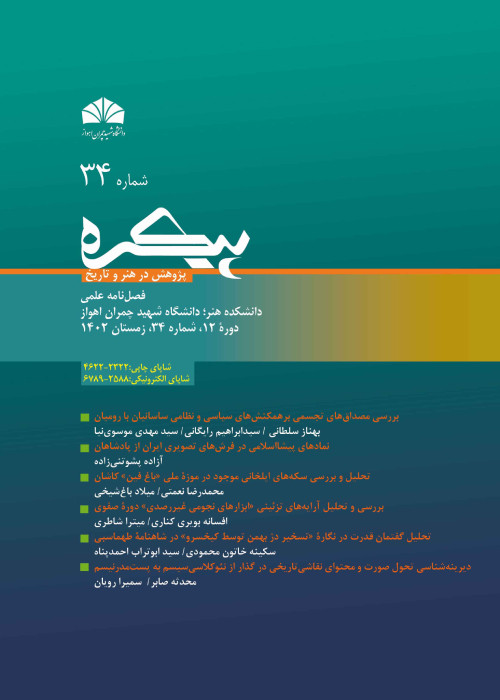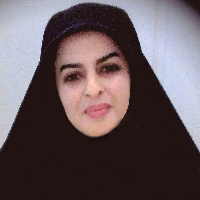Investigating and Analyzing Decorative Designs of "Non-Observational Astronomical Instruments" of the Safavid Period
Astronomical instruments were made in different eras to observe the condition of stars, to identify the time, and to predict the future. They were produced for observatories in large dimensions and for scientists in small and portable sizes. With the development of Islam and the need to know the religious times and determine the direction of Qibla, the production of non-observational instruments such as Qibla compass, compass, and sundials flourished with the cooperation of astronomers and metalworking artists. Since most of the studies conducted in this field have been focused on observational instruments, especially astrolabes, in the present study, the study of designs of "non-observational instruments" of the Safavid period was considered. The purpose of this research is to examine the form, type, material, especially motifs, and decorative techniques of non-observational instruments of the Safavid period (due to the remarkable progress of astronomy and related instruments in this period).
The current research is descriptive-analytical and comparative. The data collection was conducted through library sources and field surveys in museums inside or on the sites of museums outside Iran. In the current research, 35 instruments from the mentioned period have been examined.
The data of the research indicates that the non-observational astronomical instruments are mostly in four types of celestial spheres, Qibla compass, compass, and sundials, and they are mainly made of brass. In the Safavid period, along with the shapes of constellations and inscriptions, plant motifs, prayers, and Persian poems in Naskh or Nastaliq were used for decoration. Also, the decorative techniques used in the instruments of this period, in addition to carving, were stone loading, silver inlaying, gold inlaying, and perforation.
Most of the non-observational instruments made in the Safavid period had a personal function and were mostly used to find the way and recognize the direction of the Qibla and to identify the religious times and were also used as gifts. It seems that the reason for the construction and production of these objects in the Safavid period was the significant expansion of commercial and political relations, the increase in travel and the prosperity of communication with Europeans, and the presence of Roman script on some of these items was influenced by these relations.
- حق عضویت دریافتی صرف حمایت از نشریات عضو و نگهداری، تکمیل و توسعه مگیران میشود.
- پرداخت حق اشتراک و دانلود مقالات اجازه بازنشر آن در سایر رسانههای چاپی و دیجیتال را به کاربر نمیدهد.



